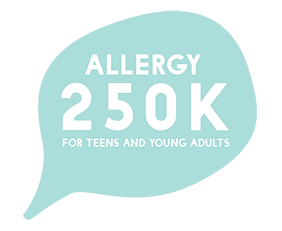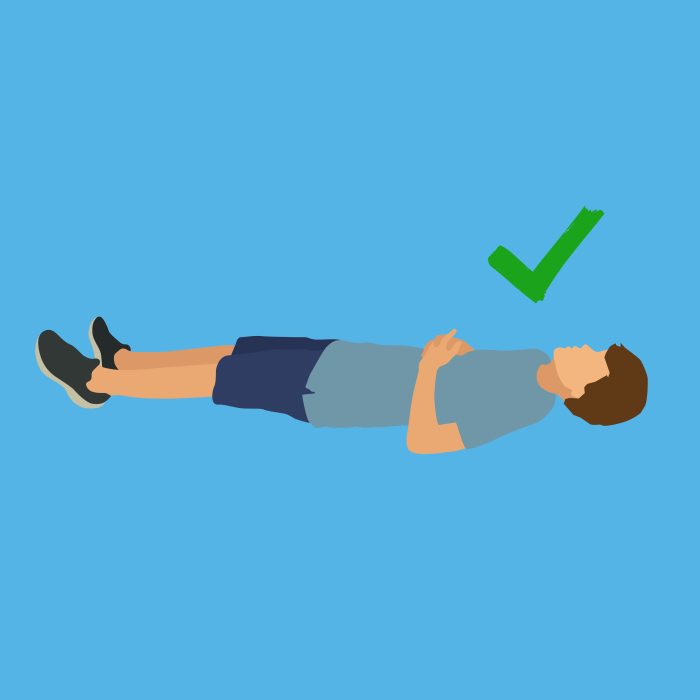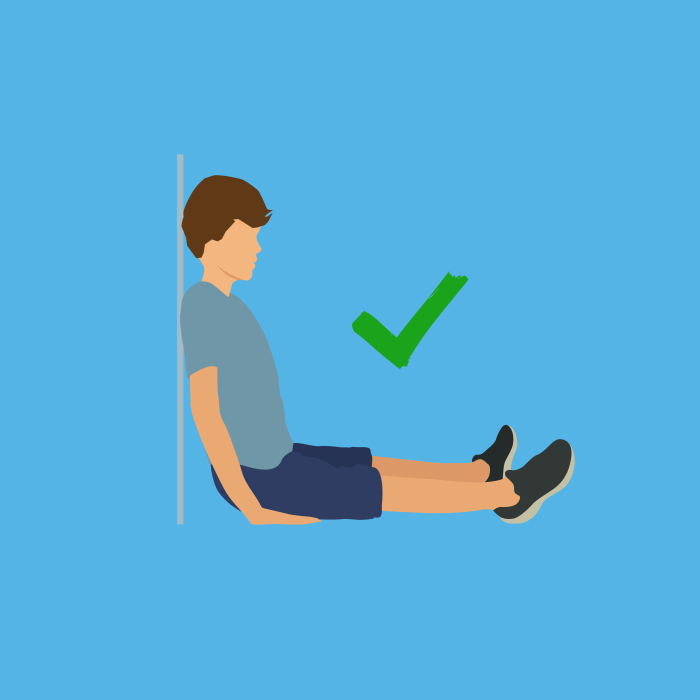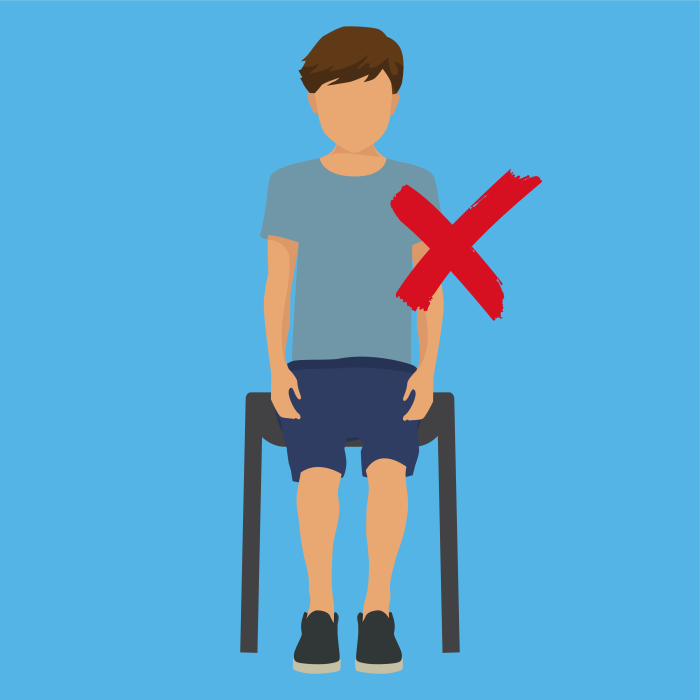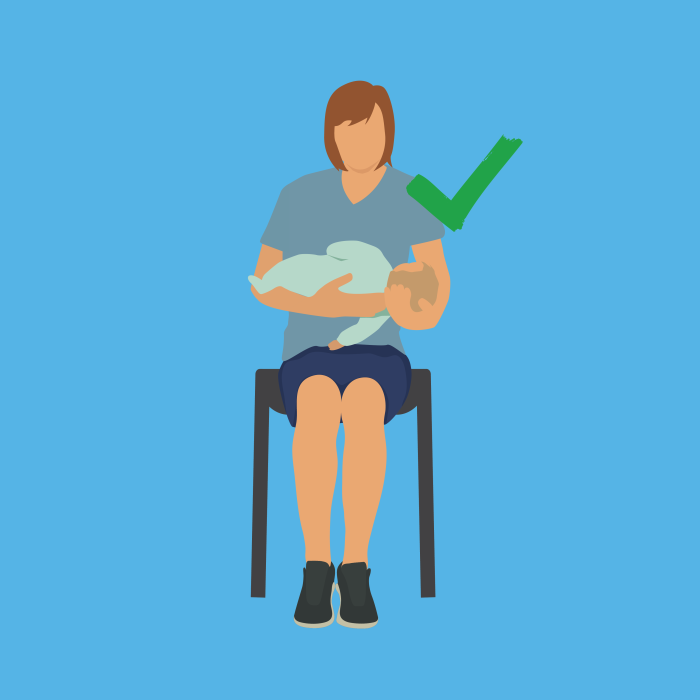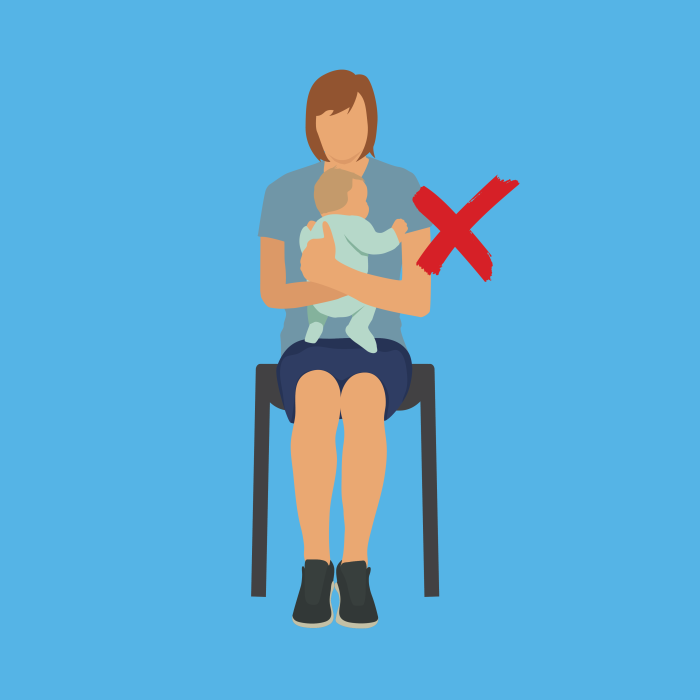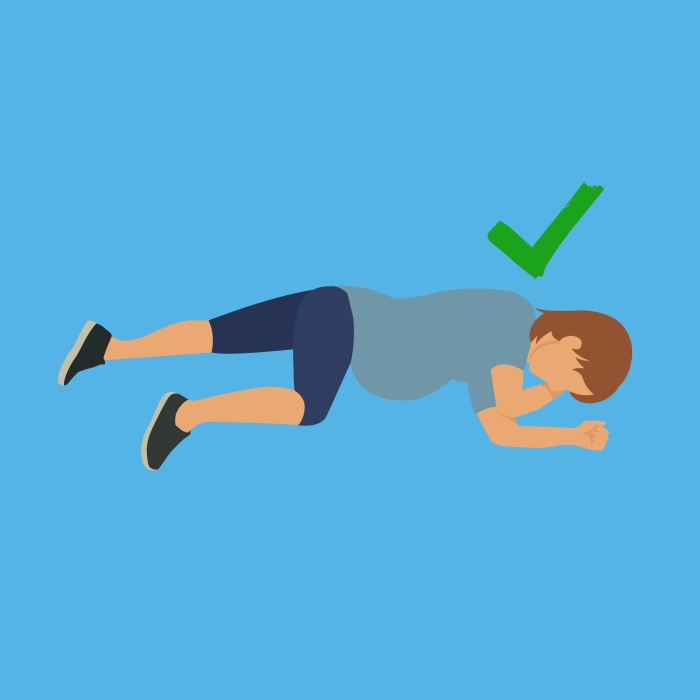How to position a child or adult having a severe allergic reaction (anaphylaxis)
Anaphylaxis is potentially life threatening, so placing the person in the correct position and giving adrenaline, without delay, can save the person’s life.When someone is having anaphylaxis, it is important that they do not stand or walk. Laying the person flat will help blood flow to the heart which improves blood pressure. Standing can make anaphylaxis worse by causing blood pressure to drop.
Consistent with the ASCIA Action Plan for Anaphylaxis, when someone is having anaphylaxis:
Lay the person flat – do not allow them to stand or walk.
If breathing is difficult or they are vomiting, allow them to sit.
They should sit on the ground or on a bed with their legs stretched out flat.

If they are unconscious, place them in the recovery position.
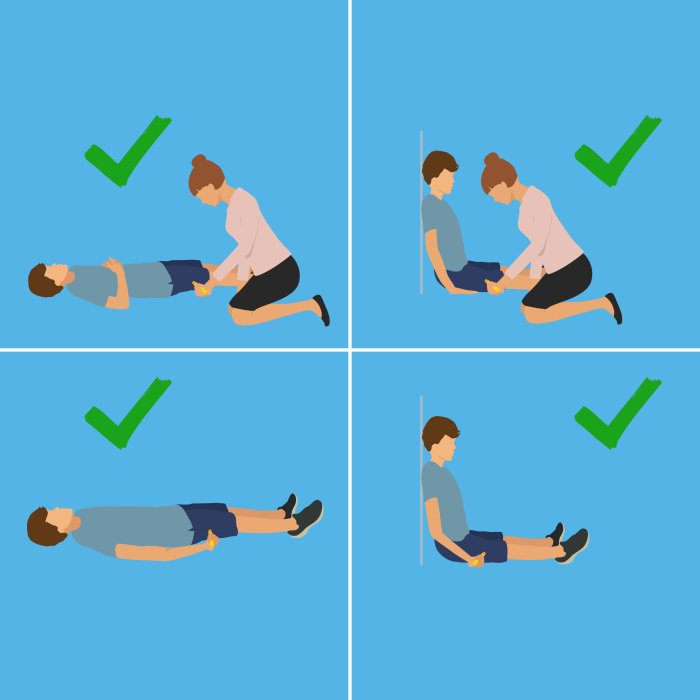
Give the adrenaline injector if available and call an ambulance. The person having anaphylaxis must be laying flat or sitting when the adrenaline injector is given.
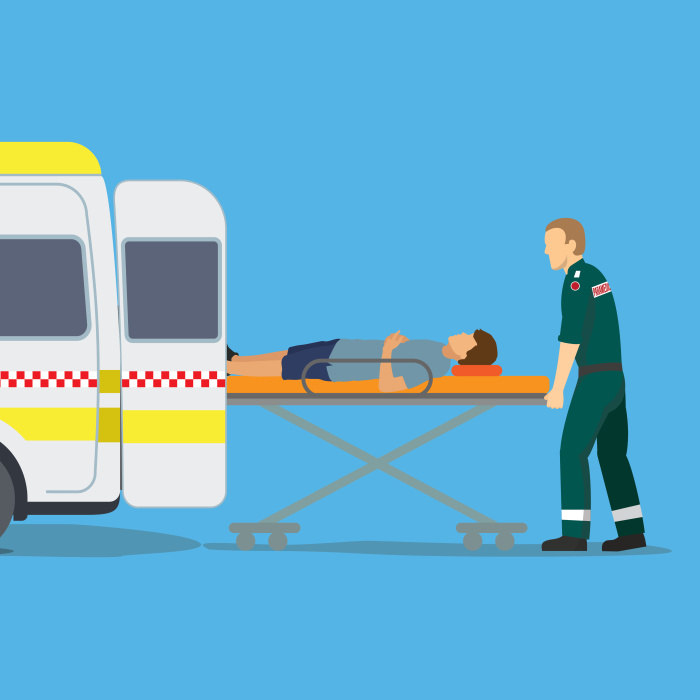
After adrenaline has been given, the person having anaphylaxis should not be allowed to stand, sit up quickly or walk, even if they look like they have recovered.
They should be taken to the ambulance on a stretcher or trolley bed.
How to position a baby or young child having anaphylaxis
Hold them across your body, making sure their body is not upright.
A baby or young child may need to be held to calm and reassure them.
How to position a pregnant person having anaphylaxis
A pregnant person should sit with their legs stretched out flat or be placed in the recovery position on their left side for good blood flow from mum to the baby.
